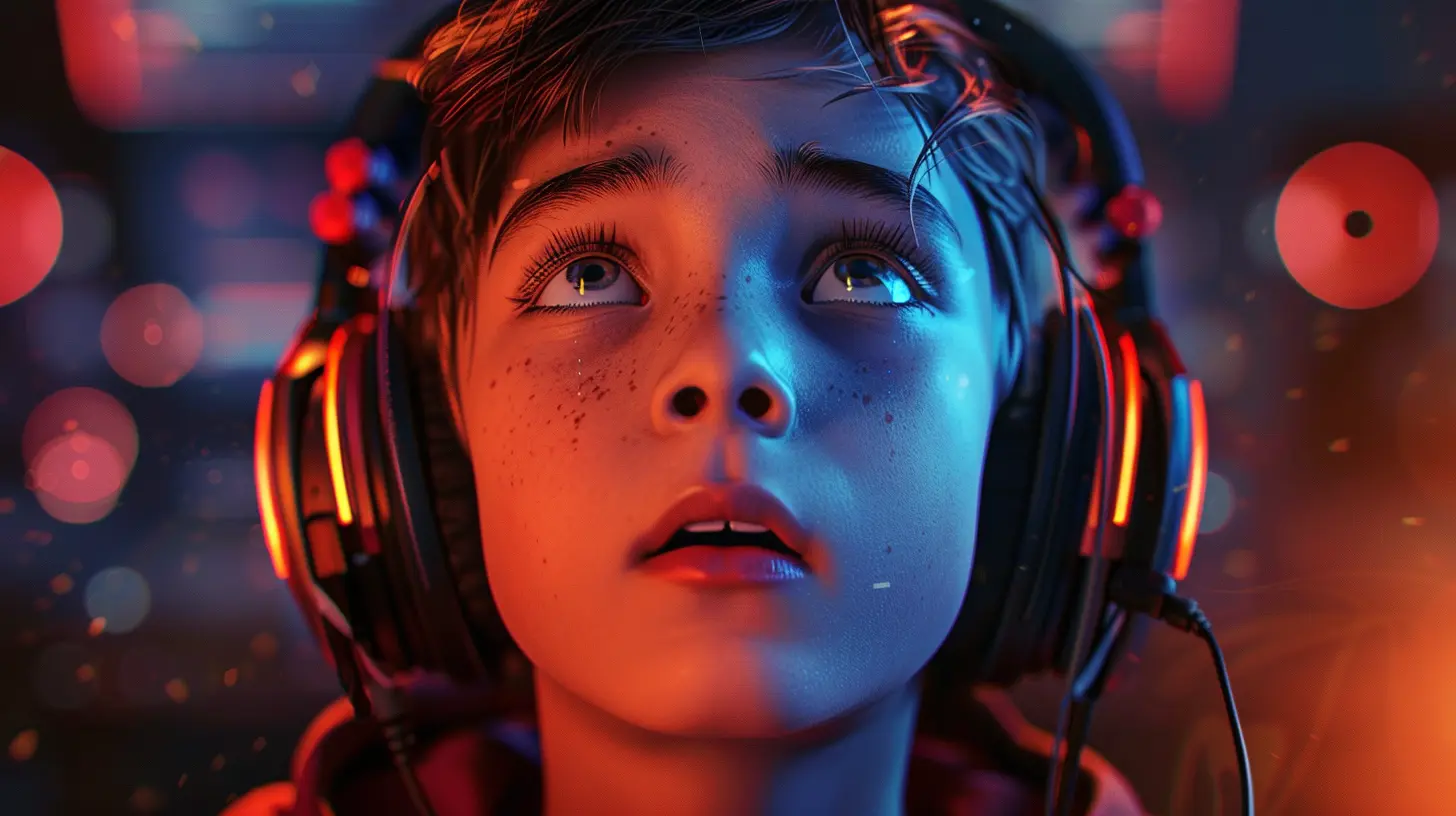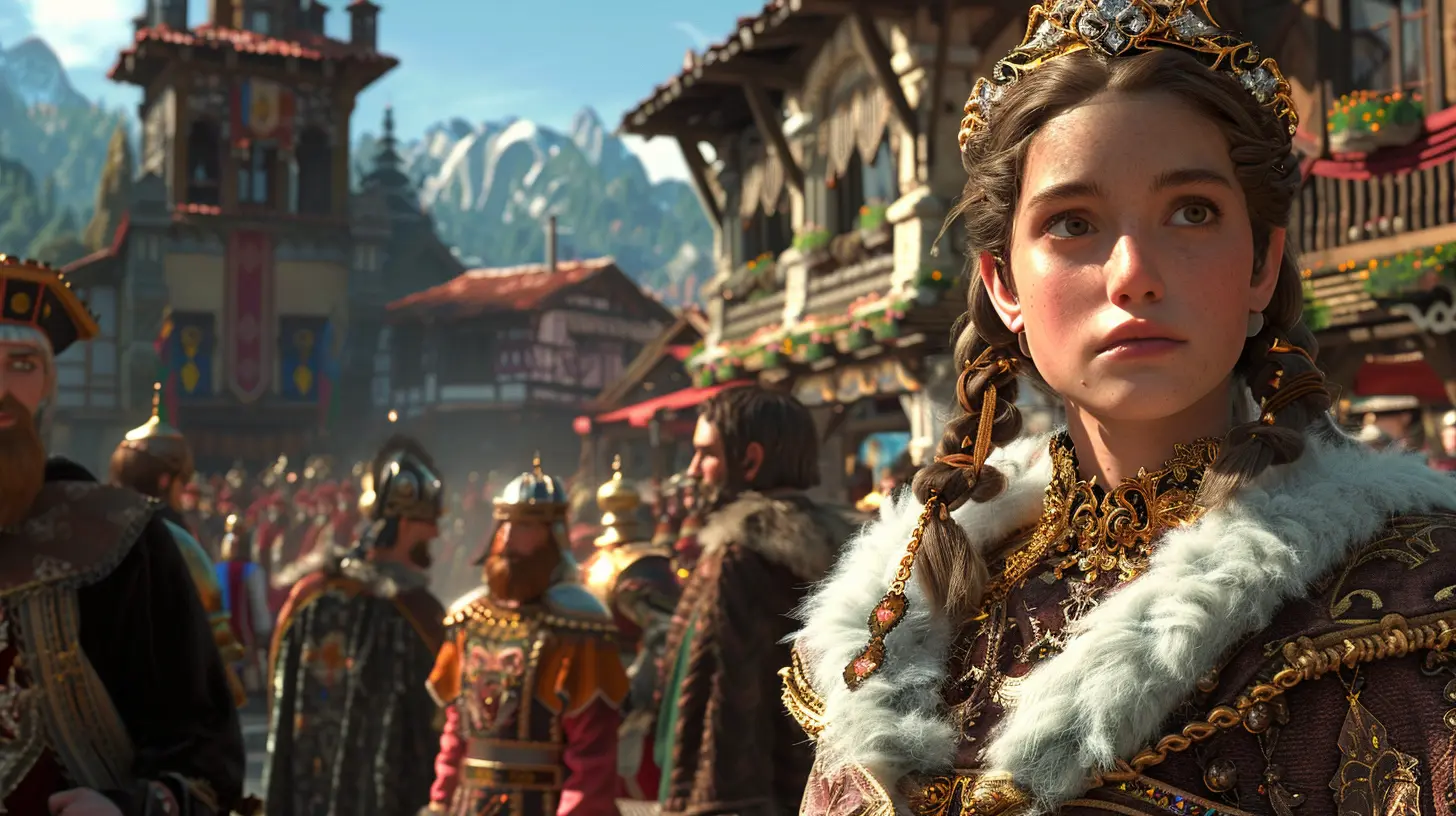How Localization Affects Voice Acting in Global Game Releases
31 July 2025
Let’s be honest—there’s nothing quite like immersing yourself in a game where you feel like every part of it was crafted for your corner of the world. Ever wondered why that voice in your favorite game sounds just right in English, Spanish, Japanese, or whichever language you play in? That’s localization at work—and boy, does it have a huge impact on voice acting in global game releases.
This isn't just about translating words. Nope. We're talking full-on cultural transformation, voice performance shifts, emotional tweaks, timing adjustments—the whole shebang. So grab your headset and let’s dive into how localization affects voice acting and why it’s so darn important for today's global gaming audience.
What Is Localization Anyway?
Before we dive into how localization affects voice acting, let’s get clear on what localization actually is. A lot of people confuse it with simple translation. But here's the deal:Translation is converting text word-for-word from one language to another.
Localization is adapting content so it resonates with a specific audience—not just linguistically, but culturally, emotionally, and contextually.
Imagine a game that’s made in Japan—full of honorifics, unique humor, and character quirks tied to Japanese culture. If devs just translated that literally into English? Yikes. Players would be scratching their heads wondering what on earth is going on.
Voice acting has to adapt too. Because a line that works emotionally in Japanese might fall flat or even sound ridiculous in English.
Why Voice Acting Matters So Much in Games
Let’s face it: a game can have jaw-dropping graphics and mind-blowing mechanics, but if the characters sound off, it can totally kill immersion.Voice acting isn’t just someone reading lines. It’s performance. It’s emotion. It’s timing.
So when the game gets localized, the voice acting has to land just right in each language. People want characters that feel real, that make them laugh, cry, or punch the air in victory.
And that’s where localization becomes a game-changer.
The Language Barrier That Goes Beyond Words
So you’ve got your game dialogue translated... now what?Here comes the tricky part: matching the voice acting to not just the new language, but also the culture.
Let's say there's a character in a French game who’s sarcastic and dry. When that game is localized for the U.S., that same sarcasm might need to be tweaked. Why? Because humor doesn’t always cross borders well.
Also, tone and delivery differ across cultures. For example, Japanese voice acting often leans into heightened drama, while Western audiences usually prefer more naturalistic performances. So if you transplant that dramatic Japanese voice acting straight into English, it might sound... awkward.
Lip Syncing: The Ultimate Puzzle Piece
Ever noticed when the words and lips don’t match up in a game? Annoying, right?Localization teams often have to sync voiceover with the original animations—especially in cinematic-heavy AAA games. But here’s the kicker: different languages have different sentence structures, word counts, and speech rhythms.
A line that takes 2 seconds in Japanese might take 4 seconds in German. So how do you fix that? You rewrite. You rewrite A LOT.
Voice actors are sometimes brought in to reword or re-time lines so it all fits. It’s like trying to squeeze a square peg into a round hole, only the peg is on fire and screaming in Elvish.
Casting the Right Voice Actors: Not as Easy as You Think
One of the biggest challenges in localization is casting actors who can match the tone, personality, and emotion of the original character—but in a completely different language.Get the wrong voice, and the whole character falls apart. Ever heard a badass warrior suddenly sound like a bored office worker in your language version? Yeah, that’s a fail.
The localized voice actor has to:
- Match the character’s age, personality, and energy
- Deliver lines with the same emotional impact
- Adapt to any cultural tweaks in the script
Sometimes, the localized voice ends up being even more iconic than the original. Just look at Geralt from The Witcher—his English and Polish voice actors each brought something unique to the character, and fans are divided over which is better!
Cultural Sensitivity and Censorship: Walking the Tightrope
Another wrinkle? Some content needs to be changed—or even cut entirely—to fit a region’s cultural norms or legal standards.That affects voice acting too. Imagine a scene gets rewritten to remove offensive jokes or a suggestive conversation. Voice actors now have to perform new lines, maybe even switch up the tone completely.
It's not just about changing the words. The actor has to shift their entire performance to match the new context. It's like being handed a new script mid-fight and being told, “Act natural.”
Emotional Nuance: The Hardest Thing to Localize
Here’s where things get really challenging: emotions don’t always translate cleanly across cultures.Crying, yelling, sarcasm—even silence—these all carry different meanings depending on where you're from. So when localizing voice acting, actors can’t just mimic the original line. They have to interpret it.
This requires top-notch direction. Localization voice directors work closely with actors to explain the scene’s emotional weight, relationship dynamics, and subtleties that can’t always be heard in the original.
Honestly, it's more art than science.
The Challenge of Humor and Wordplay
If you’ve ever played a game like “Undertale” or “Persona,” you’ll know just how important humor and wordplay are. But here’s the thing—puns, idioms, and cultural references are notoriously hard to localize.Voice actors often work with adapted scripts that totally change the joke’s wording, but aim to keep the same vibe. This might mean a joke about sushi in Japanese becomes a joke about burgers in the U.S. version.
Actors need serious comedic timing to land these new jokes, which might be totally different from the original. It’s like being a stand-up comedian in a foreign country with a new set every time.
Real-World Examples That Show Localization in Action
Final Fantasy Series
The Final Fantasy games are a localization masterclass. From early translations of iconic lines (“This guy are sick”—anyone?) to more refined, performance-driven voice acting in newer titles like FF VII Remake, you can see how far the industry has come.The English voice actors now get access to performance capture data, direction, and even meet with Japanese devs to get the tone just right.
Genshin Impact
Originally developed in Chinese, Genshin Impact features voiceovers in English, Japanese, Korean, and more. Each version has its own vibe. The Japanese voices often feel anime-like, while the English ones go for a more Western fantasy tone. Fans often argue over which is best—but that just shows how tailored each version is to its audience.The Role of Fan Expectations
Let’s not forget the gamers themselves. Fans are vocal (sometimes a little too vocal) about how characters should sound. A performance that works in one region might get roasted in another. Localization teams walk a tightrope trying to respect the original while satisfying local fanbases.Sometimes, developers even re-record lines post-release based on feedback. That’s how seriously this stuff is taken.
The Future of Localization in Voice Acting
As games continue evolving—with massive open worlds, branching narratives, and cinematic storytelling—localization will only become more crucial.We're already seeing AI tools help with lip-syncing across languages, and voice actors are being trained in multiple accents and styles to work across territories.
But no matter how much tech we throw at it, the human touch—the performance, the emotion, the interpretation—still reigns supreme.
Localization isn't just about tweaking—you could say it's about transplanting the soul of a performance into a new body. Tricky? Very. Worth it? Absolutely.
Final Thoughts: Why It All Matters
So next time you boot up a game and the voice acting just feels spot-on, remember—there’s a whole team of translators, writers, directors, and actors who worked their butts off to make sure it hit you just right.Localization isn’t just a behind-the-scenes afterthought. It’s the lifeblood of making games feel real and relatable across the globe.
And voice acting? That’s the heartbeat.
all images in this post were generated using AI tools
Category:
Voice Acting In GamesAuthor:

Aurora Sharpe
Discussion
rate this article
1 comments
Elias McLanahan
Localization isn’t just about translating text; it’s the art of capturing cultural nuance in voice acting. A stellar performance can breathe life into a character, making them resonate universally—proof that every word—and voice—counts in global gaming.
August 15, 2025 at 4:47 PM

Aurora Sharpe
Absolutely! Localization transcends mere translation; it brings characters to life by infusing cultural context and emotional depth, ensuring they connect with players worldwide. Your insight truly captures the essence of this vital process in gaming.


